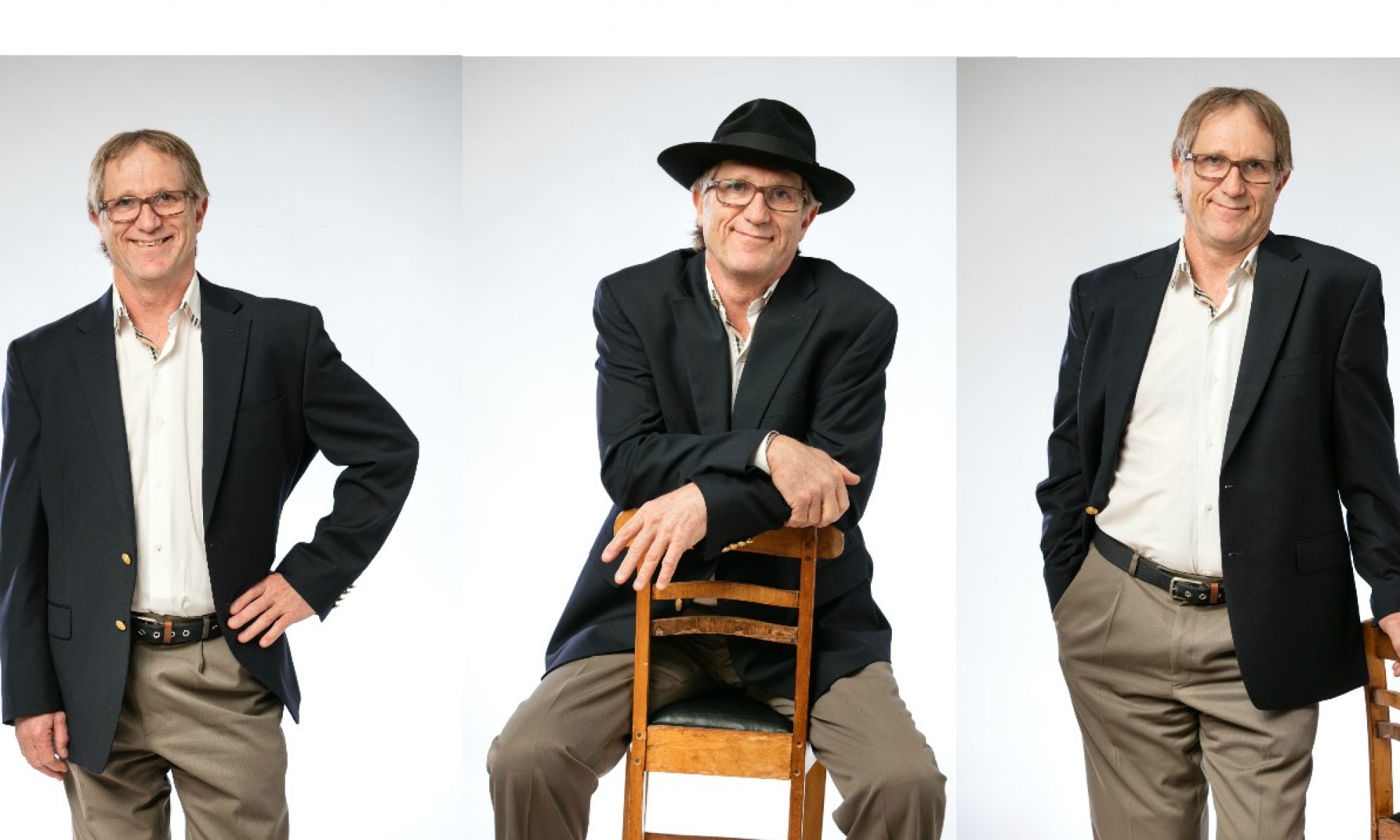Transcription
Today, I want to talk about The Pygmalion Effect. If you haven’t heard of Pygmalion, please look it up on Google and you’ll learn all about it.
There’s this thing called The Pygmalion Effect which says that ‘Great expectations are met with greatness’.
When YOU expect greatness in someone and you express that, when you tell them so, it’s more likely to happen; i.e. – they are more likely to live up to your expectations and be GREAT.
And, the opposite is true as well, when you expect poorness or not doing stuff well in someone, that’s what’s going to happen as well.
Let me ask you – what are your expectations of your team member, partner, spouse, children, etc. Do you expect greatness or do you expect ‘poor performance’?
My thought for you today is for a number of things.
We’ll start with verbal cheerleading;
How can your team members verbally cheerlead for other team members?
What I mean is this… let’s assume that you have a receptionist in your practice and—in your practice or your business or whatever industry you’re in, this is totally cross contextual… let’s assume it’s a situation in which they are the ‘face’ of a clinic of some type – a ‘doctor’ whether it’s a physio or a dentist or a doctor-doctor or a veterinary doctor — and the receptionist welcomes a client in and says, “Hey Mrs. Smith, you’re so lucky today. You’re getting to see Dr. Gottlieb, and he is fantastic because he loves…”
…..whatever… – it may be “he loves back problems” if it’s Chiro or a Physio it may be “He loves Maltese terriers” if Mrs. Smith’s got a Maltese she’s bringing in and the Veterinarian is seeing her Maltese, etc., etc. I’m sure you know what I mean.
It is really important for every team member (especially the owners and senior team members) to find a way to verbally cheerlead other team members.
Let’s assume that I’m a veterinarian (which as you know I am), and let’s assume that I’m admitting a patient, Bruno the Maltese; I’m admitting Bruno because he’s sick, and I’ve got Rebecca here that’s my nurse. And, I’m saying “Mrs. Smith, we’re going to admit Bruno. I’m putting him in the care of Rebecca. She is my best nurse, she is awesome, and she will look after Bruno fantastically well. He is in the best hands possible.”
How do you think Mrs. Smith is going to feel versus if I’d said, “Mrs. Smith, we’re going to admit Bruno, and here’s Rebecca she’s going to be looking after him today”? A totally different scenario isn’t it? Mrs. Smith’s expectations are going to be totally different.
That’s what’s called the Pygmalion effect, and there are two sides to this….
When Rebecca hears me talking about her and that she’s the best nurse and we’re going to take awesome care of Bruno, don’t you think that’s going to ignite her flame and make her feel wonderful!!!
So, that’s one side of the Pygmalion effect.
The other effect is Mrs. Smith, how do you think she’s going to think about Rebecca? She going to be really respectful of and impressed by Rebecca.
It’s really important that you verbally cheerlead and use the Pygmalion effect as much as you can both in your team – whatever Team you happen to have.
Set your team members up for success.
As we are finishing up…..
May I suggest that you become someone who finds the greatness in everyone.
I know that’s hard to do, or it could be hard to do for others, but I know it’s going to be easy to do for you.
You can ‘look’ into everyone and find their area of greatness and compliment them in front of others, if that’s appropriate in front of team members, in front of clients, whatever is needed to make them feel good.
They will feel better and function better and do better and whoever else is around is going to look at you and say “Wow isn’t he a great boss” if you’re the boss or “Wow isn’t he a great team member” if you’re a team member.
And if there are clients there as well, they’re going to get so much more out of this as well. They’re going to love and respect you and what you do and the practice culture.
The opposite of the Pygmalion effect is called The Golem effect.
As you can imagine, it’s exactly the opposite….
Find what they’re doing wrong and talk to them about it and they will do it worse.
I’m not going to talk about the Golem effect because I don’t want you knowing about it. I want you concentrating on the Pygmalion effect and how to get that really, really, really working well in your workplace.
Your assignment, your task, your challenge should you decide to accept it, and I know you are going to accept it, is to find the goodness, to find the greatness in everyone and mention that to them to help motivate them and bring the best out of them, and also to level up the lives of other team members and your clients.
See on the next video.







